The Cape May Warbler is an outstanding bird and an outing that includes one is almost undoubtedly considered successful. Good looks at 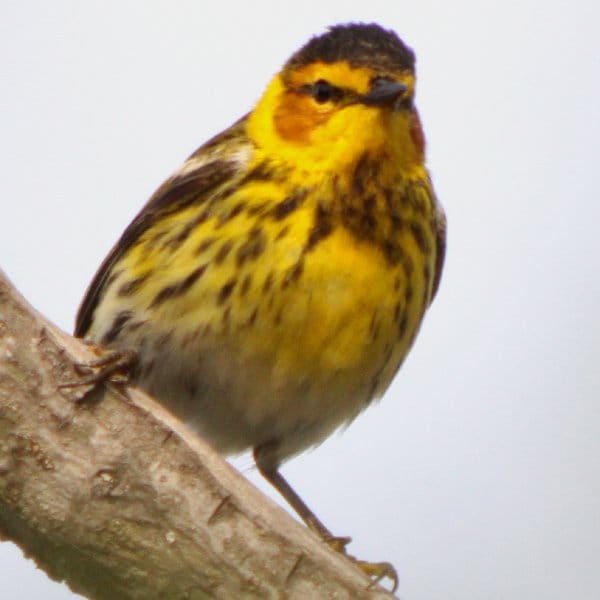 one are rare both because Dendroica tigrina is not among the most common of wood-warblers and because most of their time is spent high up in the canopy during migration. Add to that the fact that Cape May Warblers have a pretty high pitched song that can be difficult to detect and identify and you have a wood-warbler that many casual birders have never had the good fortune to spot. That is unfortunate because the Tiger Warbler* is one wood-warbler worth watching.
one are rare both because Dendroica tigrina is not among the most common of wood-warblers and because most of their time is spent high up in the canopy during migration. Add to that the fact that Cape May Warblers have a pretty high pitched song that can be difficult to detect and identify and you have a wood-warbler that many casual birders have never had the good fortune to spot. That is unfortunate because the Tiger Warbler* is one wood-warbler worth watching.
I was fortunate enough to spot the individual in this post at Jamaica Bay Wildlife Refuge where it was foraging in bushes and small trees between four and fifteen off of the ground. The sighting was easily the best I have ever had of the species, and it was in and out of view for about twenty minutes, foraging in small circuits but always coming back to the stand of thick brush where I had first spotted it. Getting clear shots was tough but on occasion it would pop up onto the top of a bush that wasn’t obstructed and I would get a couple images. At one point it chased off a Yellow Warbler that came too close, behavior that is characteristic of the species according to Warblers from the Peterson Field Guide series: “This is an aggressive, pugnacious species, often chasing other birds away from favored feeding areas at all times of the year.” It seems that Tiger Warbler is a good name!
The Cape May Warbler is considered a Species of Least Concern by Birdlife International because of its large range and large and stable population. It breeds across Canada’s boreal forest and most winter in the Caribbean, though some spend the cold months in Central America. The Cape May Warbler is one of several species of wood-warbler that are considered Spruce Budworm specialists and their population is believed to fluctuate with outbreaks of the conifer pest.
Enjoy these shots and be glad you are not a Spruce Budworm!
The shot below is of a first-fall female Cape May Warbler taken in Potter County, Pennsylvania, by Mike Bergin in September of 2009.
*The binomial Dendorica tigrina translates into Tiger Warbler which is reflected in the common name in Spanish (Reinita Tigrina), French (Paruline tigrée), German (Tigerwaldsänger) and other languages. How much cooler is Tiger Warbler than Cape May Warbler?
…
If you liked this gallery please check out 10,000 Clicks, our page of great galleries here at 10,000 Birds!
————————————————————————————————————————————————
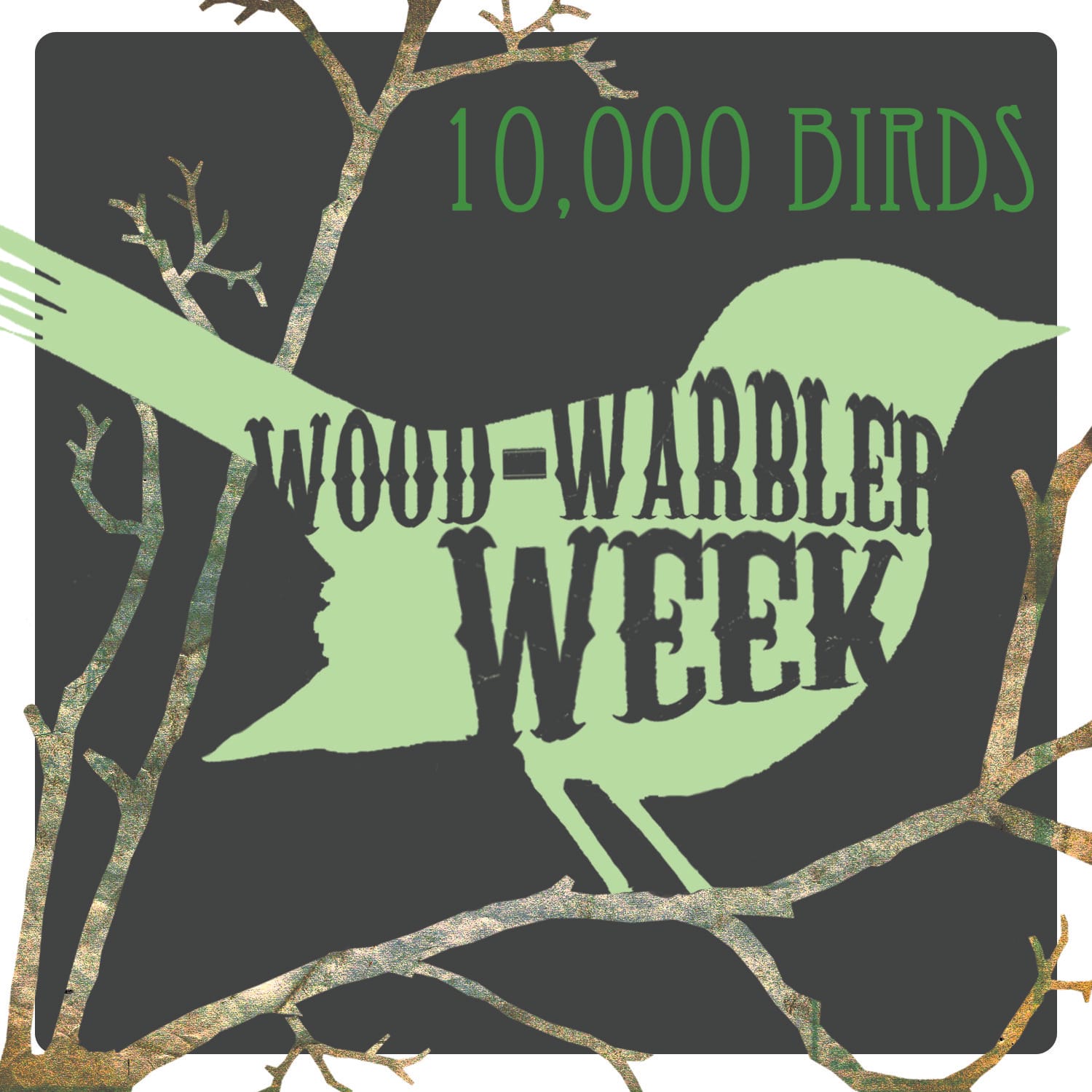 This week, 8 May – 14 May 2011, is Wood-Warbler Week on 10,000 Birds! Though wood-warblers, the mostly brightly colored birds of the family Parulidae, are only found in the New World we felt that birders the world over would be pleased to see a plethora of posts about these striking and sought after species. We are devoting a whole week to wood-warblers but are only just barely scratching the surface of possible topics involving this amazing family of birds.
This week, 8 May – 14 May 2011, is Wood-Warbler Week on 10,000 Birds! Though wood-warblers, the mostly brightly colored birds of the family Parulidae, are only found in the New World we felt that birders the world over would be pleased to see a plethora of posts about these striking and sought after species. We are devoting a whole week to wood-warblers but are only just barely scratching the surface of possible topics involving this amazing family of birds.
Right now great flocks of wood-warblers are making their way north from the southern United States, Mexico, the Caribbean, Central and South America to breed across the United States and Canada. Many other non-migratory wood-warbler species are living their lives across the neotropics, doing their best to survive and pass on their genes. Wood-Warbler Week is a celebration of all wood-warblers and we hope you join us in celebrating these absolutely wonderful birds. Read about them here but also get out and experience them. You won’t regret it!
————————————————————————————————————————————————


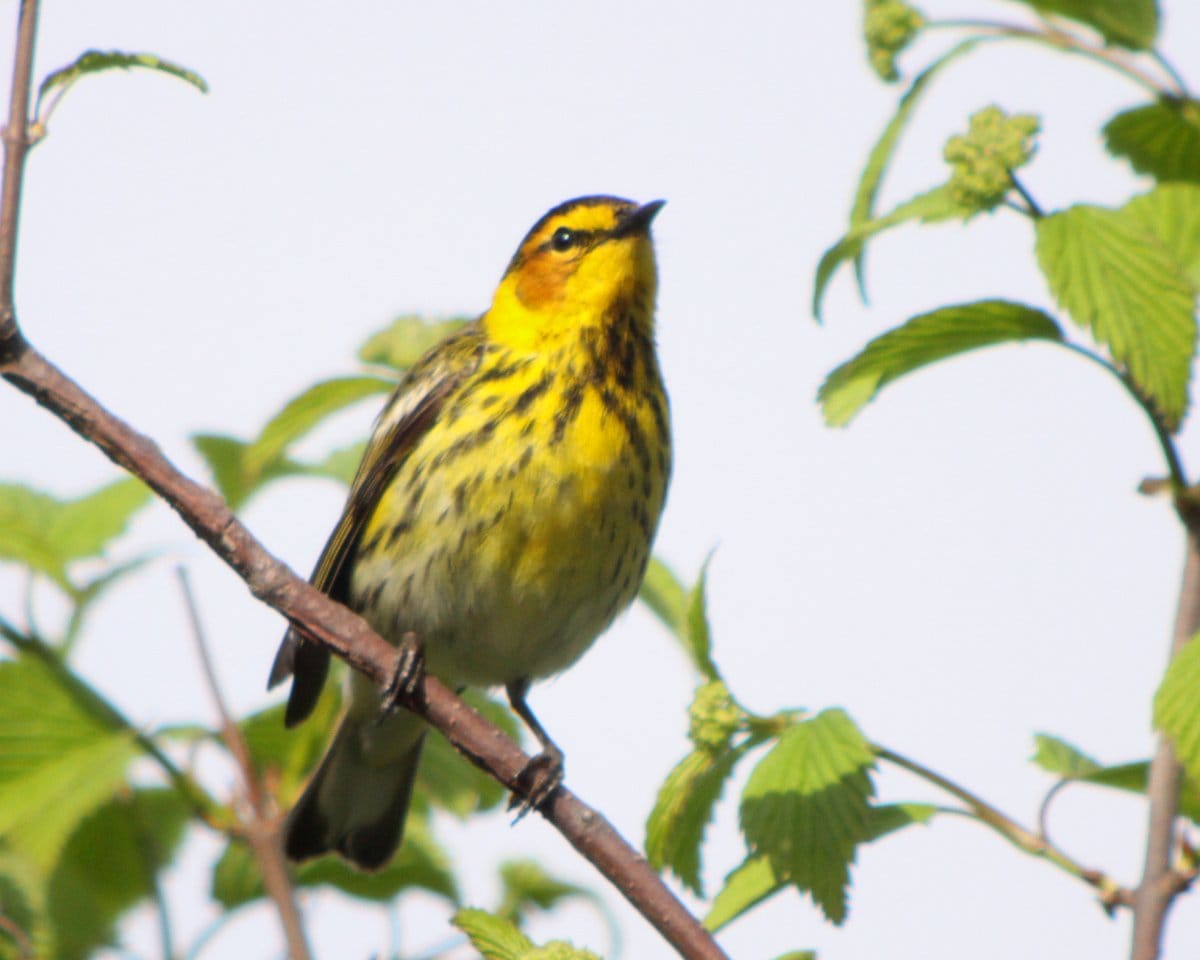
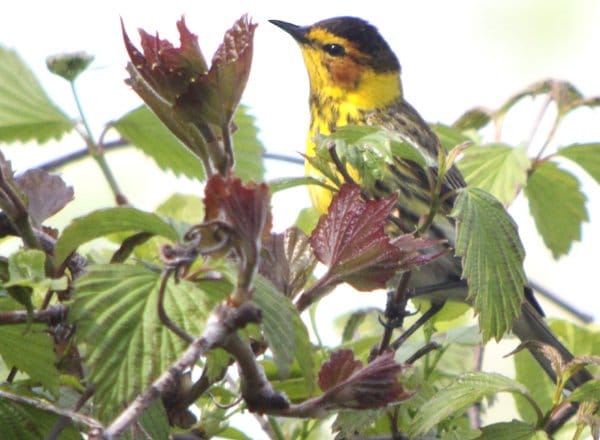
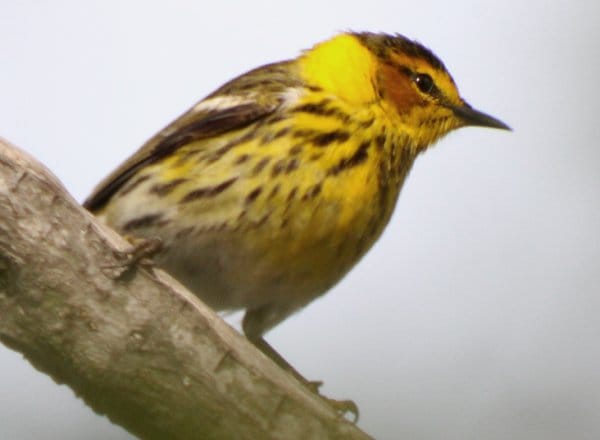
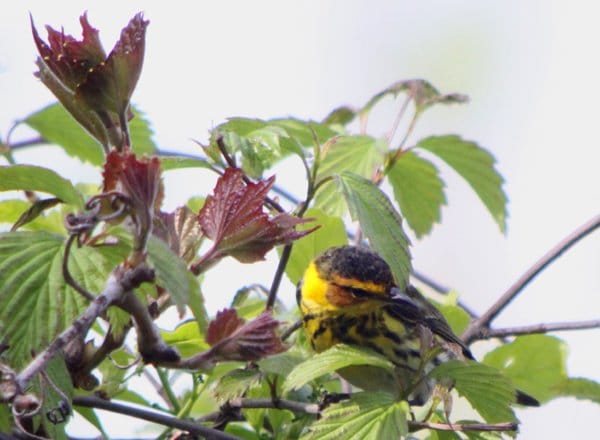
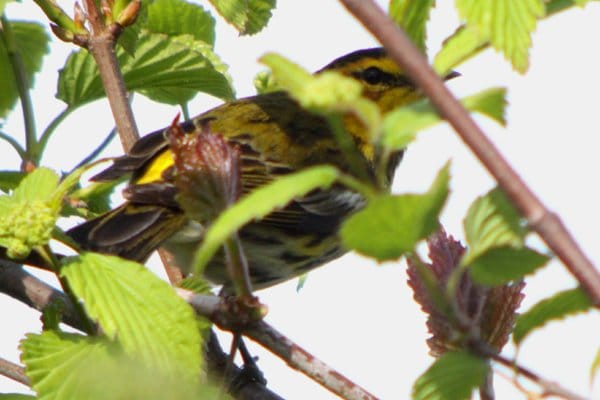
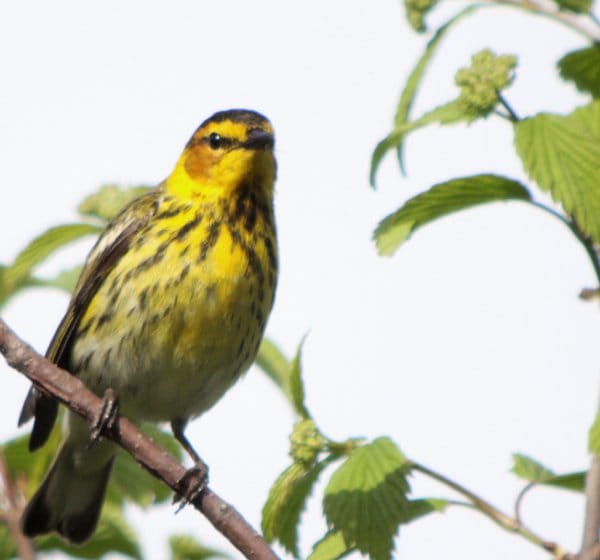
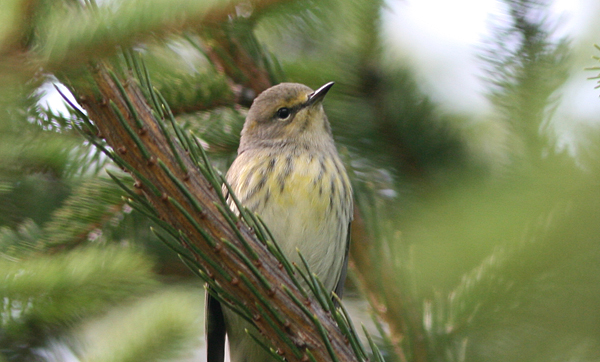











I think it’s pretty cool that there’s a warbler named for a place in New Jersey (one of my favorite birding places, no less).
@John: Cape May has enough good birds that it doesn’t need one named after it too…though, yeah, it is cool.
Regardless of migrant warblers and food specialists, I am ALWAYS glad I am not a spruce budworm.
Funny, I never thought of the Tiger Warbler as being a species that’s difficult to see. In lower numbers than many others, okay, but difficult? No.
I guess the GREAT, GREAT lakes have spoilt me rotten. 😉
@Jochen: You know, now that you put it that way, I agree. Here’s hoping that I am never a spruce budworm!
And, yeah, those of you that have (or had) the Great Lakes as a birding backyard are spoiled. But did you tend to get great looks at Cape May Warblers or just looks?
@Corey: okay, you may – and I don’t mind – stress the “had” part of your answer about having the Great Lakes as a birding backyard. It will hurt, but if it makes you feel any better after reading the rest of my answer, so be it.
The problem is, I never specifically noticed the Tiger. Look, it is an amazing bird, and I did not see hordes of it, but yes, I did have great looks at it and yes, I had them repeatedly. As a birding tourist / guest from another continent, you know, it was “just another Dendroica”, and on days I spent at the migrant funnels (Magee/Crane Creek, Rondeau, Pelee), it was just one of a crowd…
@Jochen: That was a low-blow on my part. Here’s another. Go look at Nate’s post.
And, yes, I am jealous of anyone who, at any time, said a Cape May Warbler was “just another Dendroica.”